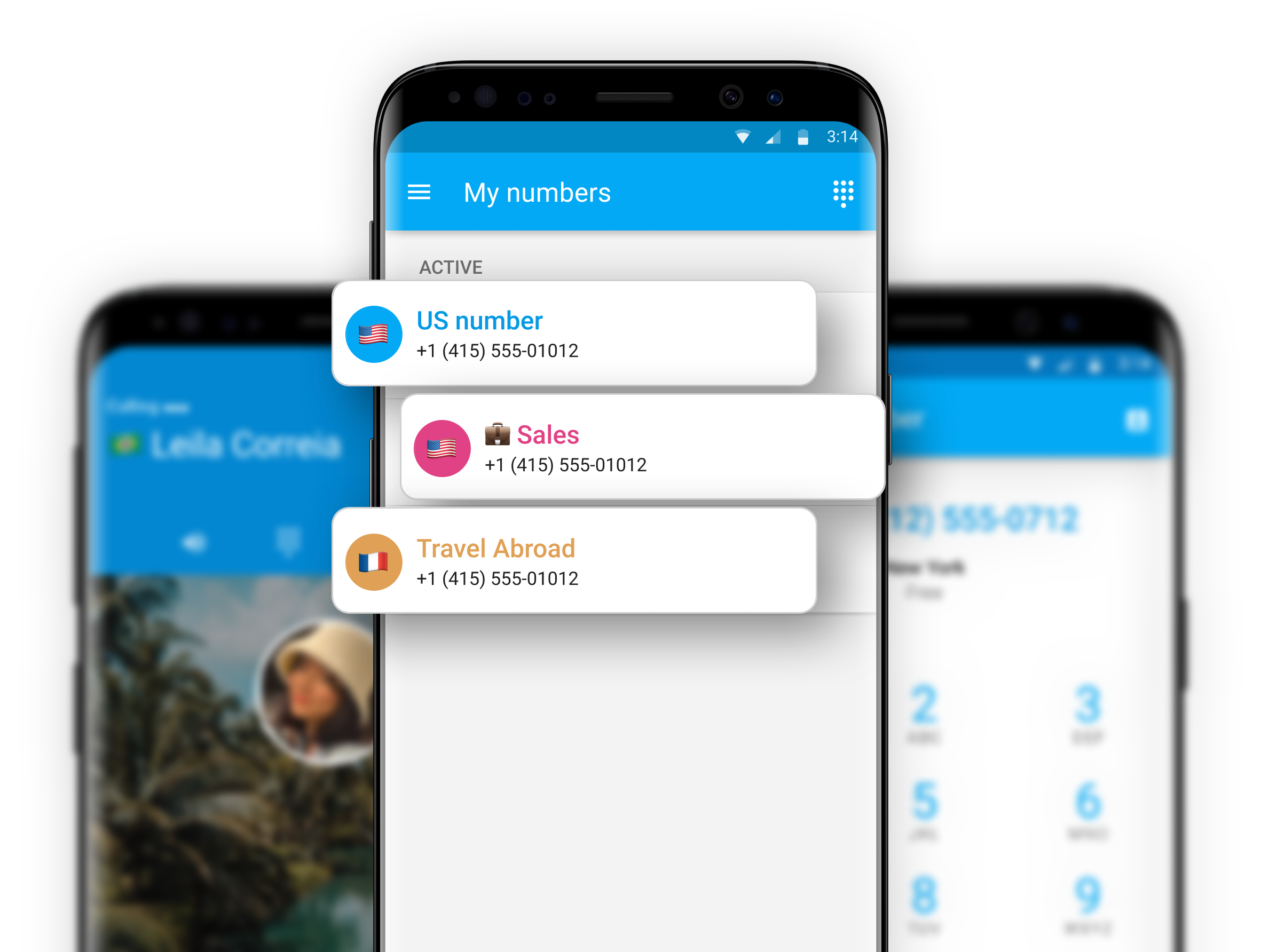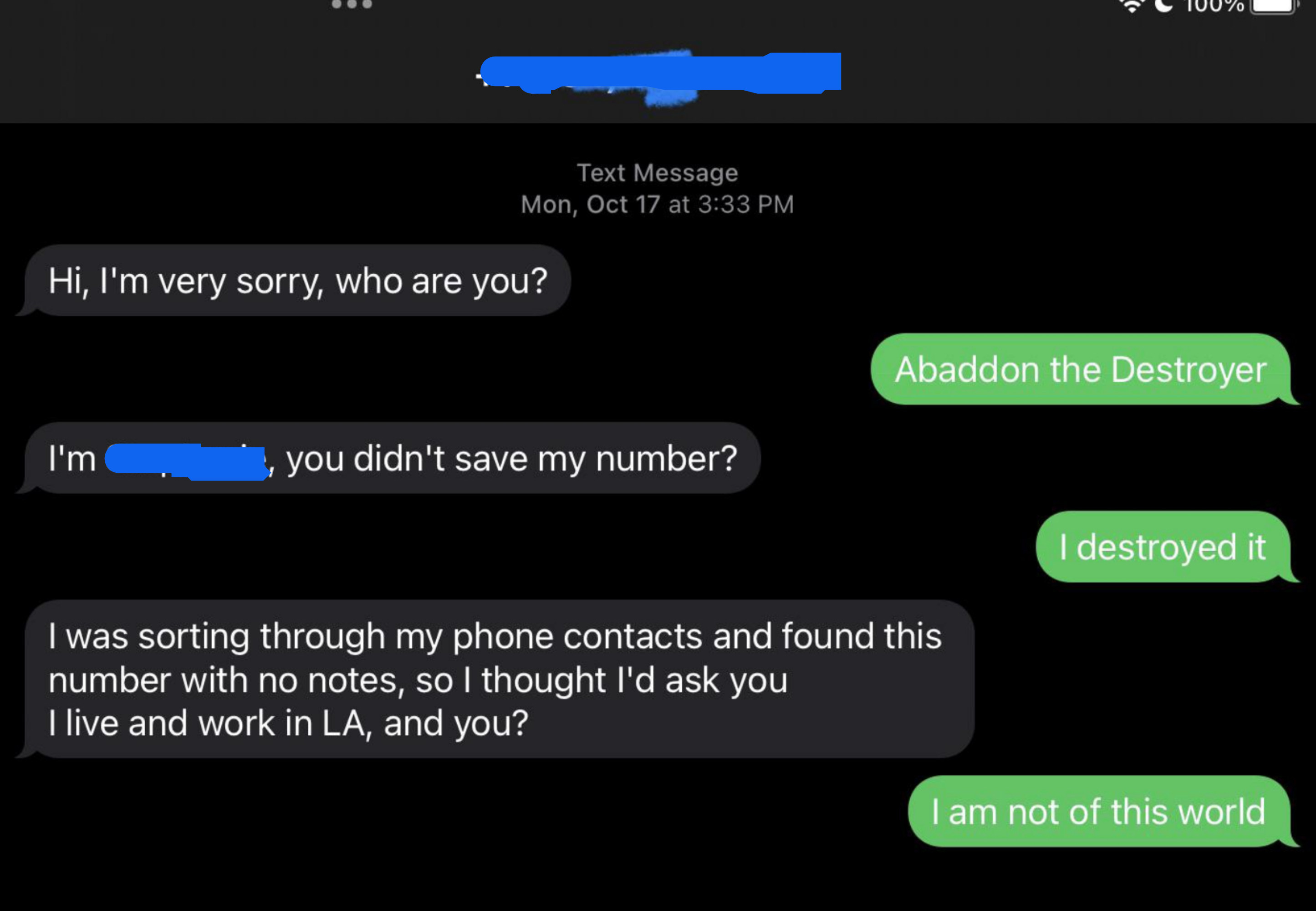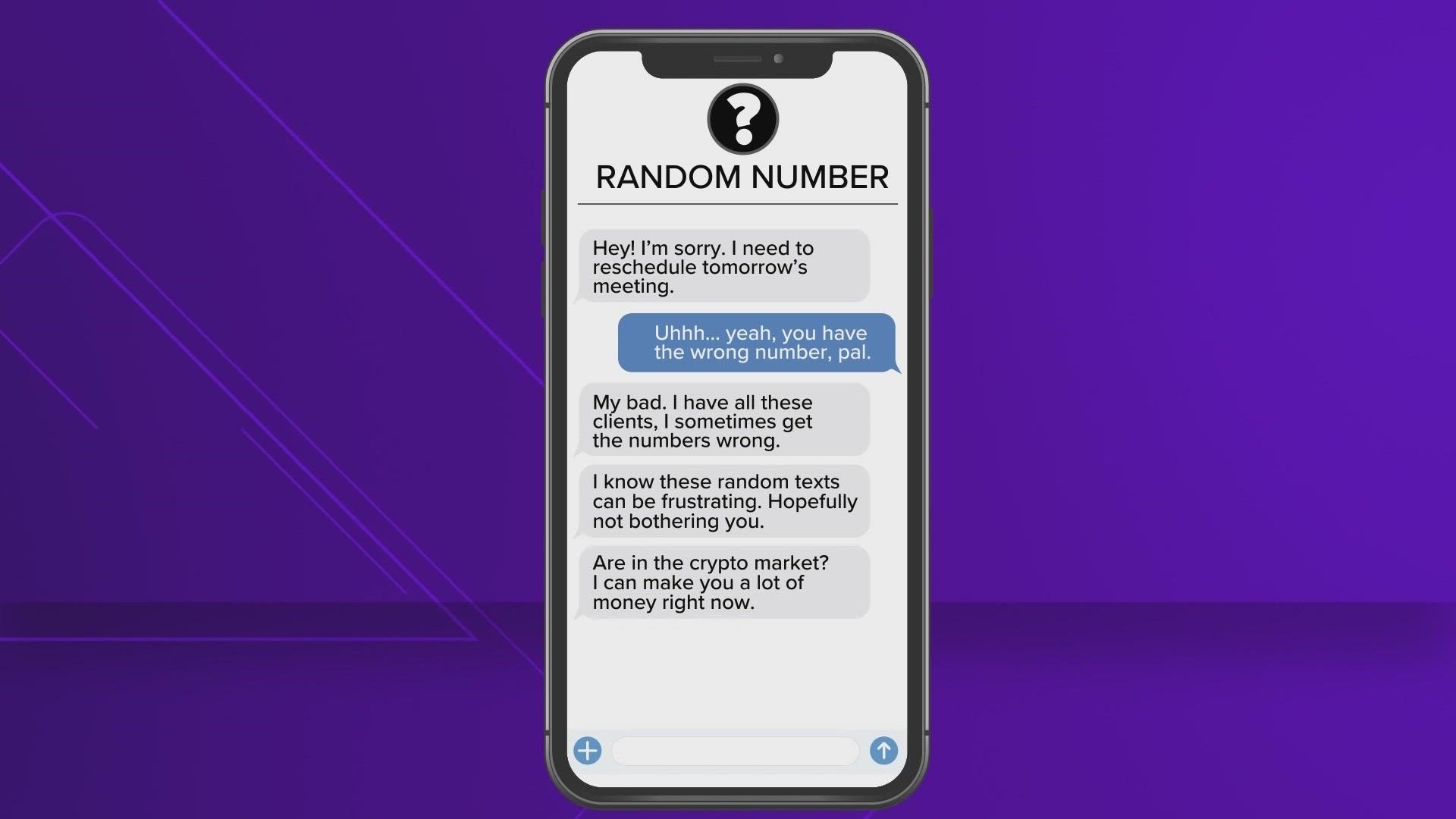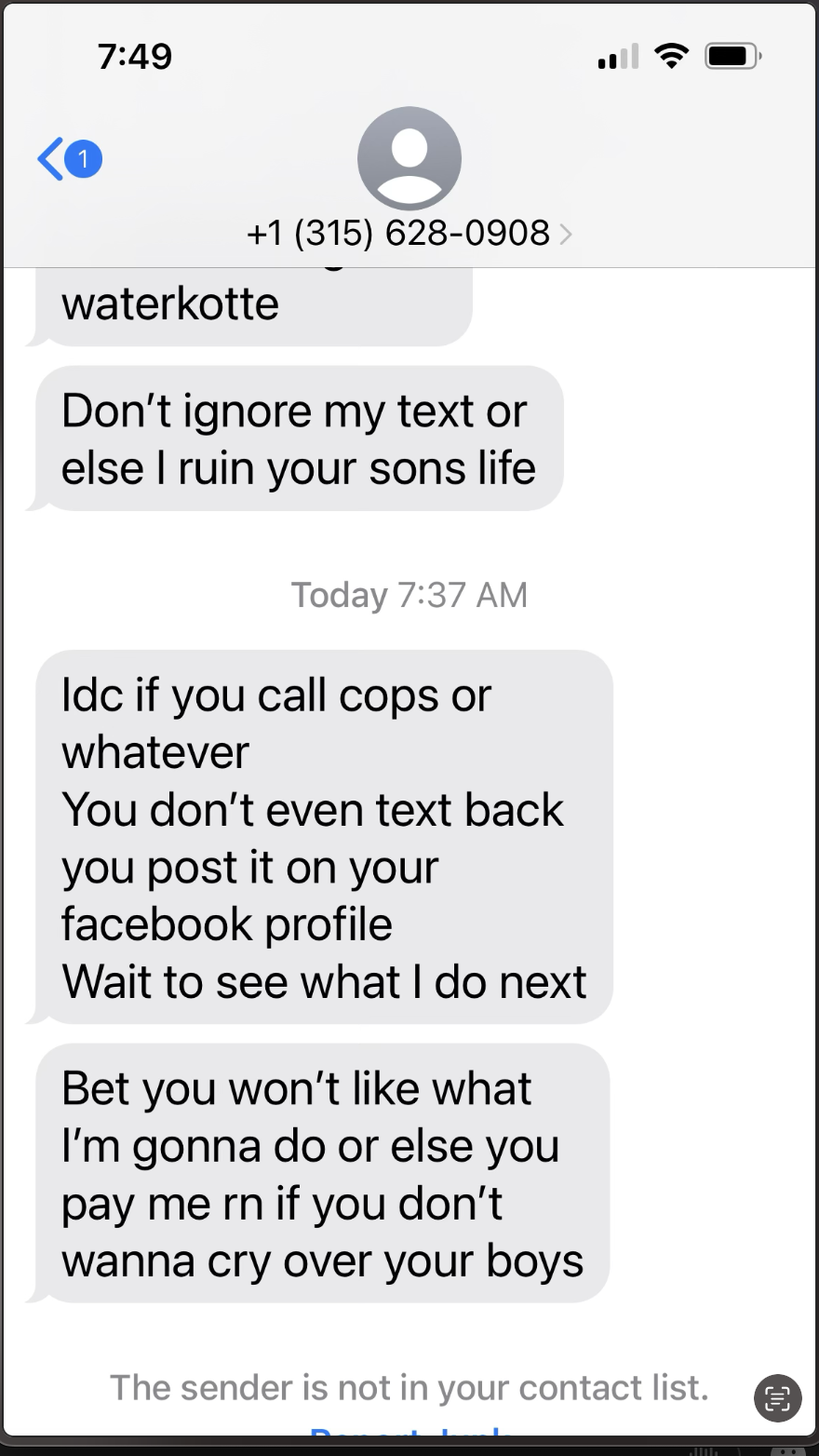Who Is This Number Texting Me

Imagine the gentle hum of a quiet evening at home, a warm cup of tea in hand, and the soft glow of lamplight. Then, the subtle *ding* of your phone breaks the tranquility. An unfamiliar number flashes across the screen, accompanied by a cryptic text: "Hey, it's Sarah! Remember that thing we talked about?" A ripple of unease mixes with curiosity. Who is this, and what "thing" are they referring to? This scenario, increasingly common in our digitally connected world, sparks a universal question.
This article delves into the growing phenomenon of receiving texts from unknown numbers, exploring the various reasons behind these mystery messages, and providing practical advice on how to identify the sender and protect yourself from potential scams and unwanted interactions. It is about navigating the digital landscape safely and confidently.
The Rise of the Unknown Number
The proliferation of smartphones and readily available, often untraceable, phone numbers has fueled the rise of this digital ambiguity. It's easier than ever for individuals and businesses to mask their identities or use temporary numbers for various purposes. This anonymity, while sometimes convenient, also opens the door to potential misuse and confusion.
Data privacy concerns are also playing a role. Many people are more cautious about sharing their phone numbers, leading to increased reliance on temporary or disposable numbers for initial contact.
Legitimate Reasons for Unknown Texts
Sometimes, the mystery texter has perfectly innocent intentions. A forgotten acquaintance might be reaching out after losing your contact information, trying to reconnect after a long time. Perhaps they got your number from a mutual friend and didn't want to seem too forward by initially identifying themselves.
Businesses, too, are increasingly using text messaging for customer service, appointment reminders, or promotional offers. However, not all businesses are diligent in clearly identifying themselves in the initial message.
Delivery services, ride-sharing apps, and even online marketplaces often use temporary numbers to protect the privacy of both parties involved in a transaction. These services mask the true phone numbers to safeguard user information, and ensure safety.
The Darker Side: Scams and Spam
Unfortunately, not all unknown texts are benign. Many are part of elaborate scams designed to steal your personal information or trick you into sending money. These phishing attempts often take the form of fake prize notifications, urgent warnings about account security, or requests for personal details disguised as official communications.
According to the Federal Trade Commission (FTC), text message scams are on the rise, with consumers reporting significant financial losses each year. The sophistication of these scams is constantly evolving, making it increasingly difficult to distinguish legitimate messages from fraudulent ones.
Spam texts, while less dangerous than scams, can still be incredibly annoying. These unsolicited messages often promote questionable products, services, or websites, and can quickly clutter your inbox.
Decoding the Mystery: How to Identify the Sender
So, how can you figure out who's behind that unknown number? Several strategies can help you uncover the truth.
The Reverse Number Lookup
One of the simplest and most effective methods is to use a reverse phone number lookup service. Numerous websites and apps allow you to enter a phone number and potentially find information about the registered owner.
However, be cautious when using these services. Some may charge a fee for detailed information, and the accuracy of the data can vary. Free reverse lookup tools are often a good starting point, but may not provide comprehensive results.
Google is Your Friend
A simple Google search of the phone number can sometimes reveal valuable information. The number might be associated with a business listing, a social media profile, or even a report on a scam website.
This approach is especially helpful if the number is being used for marketing or customer service purposes.
Responding with Caution
If you're feeling brave, you can respond to the text message, but proceed with extreme caution. Avoid providing any personal information, and be wary of clicking on any links.
A simple question like, "Who is this, and how did you get my number?" can sometimes elicit a revealing response. If the sender is hesitant to provide information or offers a vague explanation, that's a red flag.
Leveraging Social Media
If you suspect that the text might be from someone you know, try searching for the number on social media platforms like Facebook or LinkedIn. Some people link their phone numbers to their profiles, making it easier to identify them.
This method can be particularly useful if the sender is using a temporary number or has changed their contact information.
Protecting Yourself from Scams and Spam
Prevention is always better than cure. Taking proactive steps to protect your phone number and be vigilant about suspicious messages can save you a lot of headaches down the road.
Be Mindful of Where You Share Your Number
Think twice before giving out your phone number online, especially on unfamiliar websites or in online forms. Opt for email addresses or other contact methods whenever possible.
Consider using a temporary or burner phone number for situations where you're unsure about the legitimacy of the request.
Block and Report Suspicious Numbers
Most smartphones allow you to easily block unwanted numbers. This will prevent them from contacting you again via text or phone call.
You should also report suspicious text messages to your mobile carrier and the FTC. This helps them track down scammers and prevent others from falling victim to their schemes.
Install a Spam Filtering App
Several apps are designed to filter out spam and scam text messages. These apps use sophisticated algorithms to identify and block suspicious senders, providing an extra layer of protection.
Research different options and choose an app that best suits your needs and privacy preferences.
The Human Element: Reconnecting with Intention
While the digital world can feel impersonal and overwhelming, it's important to remember the human element behind every interaction. Sometimes, that unknown number belongs to someone genuinely trying to reconnect or offer a valuable service. Approach these interactions with cautious optimism.
It is important to engage mindfully in an increasingly complex digital age.
Ultimately, navigating the mystery of the unknown number requires a blend of technological savvy, healthy skepticism, and a touch of human intuition. By staying informed, adopting proactive safety measures, and remembering that behind every message is a person, we can navigate the digital landscape with confidence and connect with others in a safe and meaningful way.


















